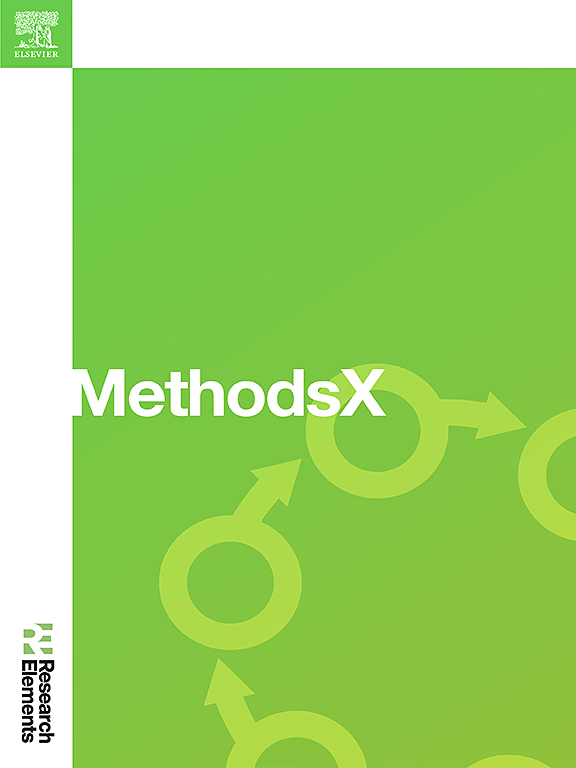Dataset and analysis of genetic variability of Severe Acute Respiratory Syndrome Coronavirus 2 from different areas of the respiratory tract
IF 1.6
Q2 MULTIDISCIPLINARY SCIENCES
引用次数: 0
Abstract
Shannon entropy data were obtained from whole genome sequences of SARS-CoV-2 virus from COVID-19 positive patients from nasopharyngeal and tracheal aspirate samples, these sequences were downloaded from the NCBI public database. The study included 57 genomic sequences of the SARS-CoV-2 virus. A total of 57 samples (n = 30 oronasopharyngeal and n = 27 tracheal aspirates) underwent bioinformatics-based analysis with the objective of determining the extent of viral variability. These sequences were used to perform a genetic variability analysis of the virus with the H(x) function of the BioEdit program and using the Wuhan-Hu-1 reference genome. The generated Shannon entropy data were filtered to comparatively determine the magnitudes of genetic variability between sequences from nasopharyngeal and tracheal aspirate samples using an R script.
- •This paper proposes a workflow for the bionformatic analysis of SARS-CoV-2 genetic variation from different respiratory system samples.
- •This bioinformatics workflow could help to differentiate changes in the evolution of the viral population in different compartments of the respiratory system.
来自不同呼吸道区域的严重急性呼吸综合征冠状病毒2型的数据集和遗传变异分析
从COVID-19阳性患者的鼻咽和气管吸入样本中获取SARS-CoV-2病毒全基因组序列,获得Shannon熵数据,这些序列从NCBI公共数据库下载。该研究包括57个SARS-CoV-2病毒的基因组序列。总共有57个样本(n = 30个口鼻咽样本和n = 27个气管吸入样本)进行了基于生物信息学的分析,目的是确定病毒变异的程度。这些序列利用BioEdit程序的H(x)功能和武汉-胡-1参考基因组对病毒进行遗传变异分析。对生成的香农熵数据进行过滤,使用R脚本比较确定鼻咽和气管抽吸样本序列之间的遗传变异程度。•本文提出了不同呼吸系统样本中SARS-CoV-2遗传变异生物构象分析的工作流程。•这种生物信息学工作流程可以帮助区分呼吸系统不同隔室中病毒种群进化的变化。
本文章由计算机程序翻译,如有差异,请以英文原文为准。
求助全文
约1分钟内获得全文
求助全文
来源期刊

MethodsX
Health Professions-Medical Laboratory Technology
CiteScore
3.60
自引率
5.30%
发文量
314
审稿时长
7 weeks
期刊介绍:
 求助内容:
求助内容: 应助结果提醒方式:
应助结果提醒方式:


